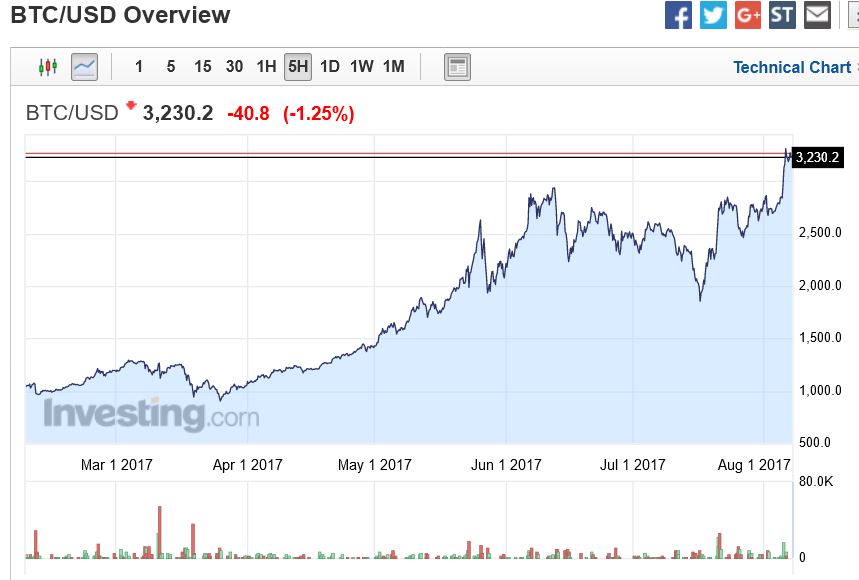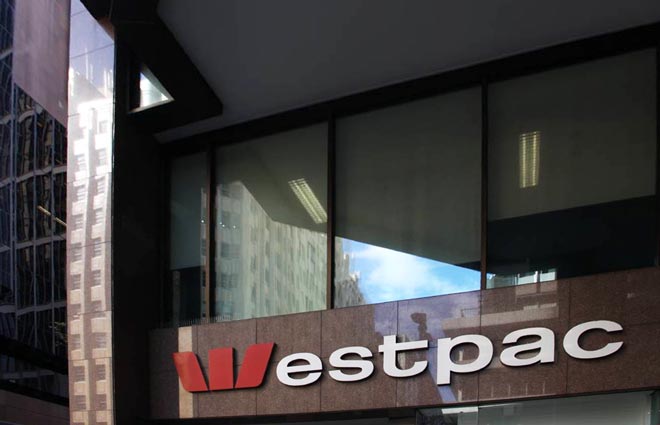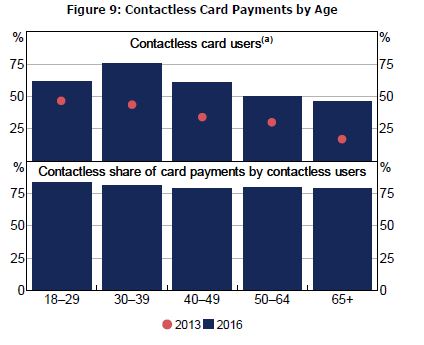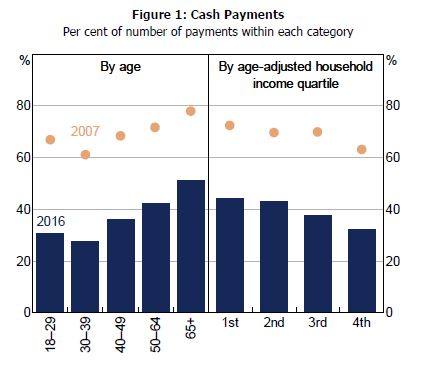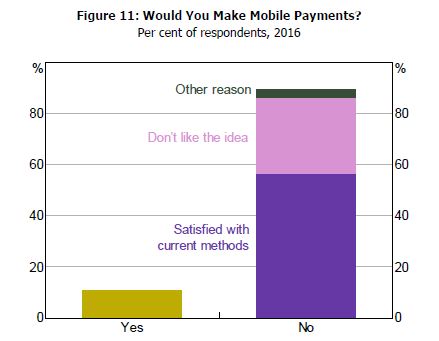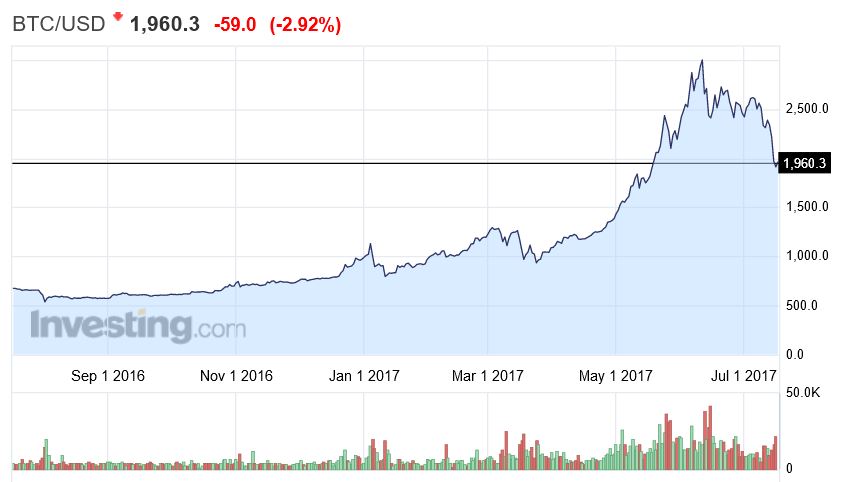At various times in history, feathers have been money. Shells have been money. Dollars and euros are money. Gold and silver are certainly money. Bitcoin and other cryptocurrencies can also be money.
People say some forms of money, such as Bitcoin or U.S. dollars, are not backed by anything.
But that’s not true.
They are backed by one thing: confidence.
If you and I have confidence that something is money and we agree that it’s money, then it’s money. I can call something money, but if nobody else in the world wants it, then it’s not money. The same applies to gold, dollars and cryptocurrencies.
Governments have an edge here, because they make you pay taxes in their money. Put another way, governments essentially create an artificial use case for their own forms of paper money by threatening people with punishment if they do not pay taxes denominated in the government’s own fiat currency.
And the dollar has a monopoly as legal tender for the payment of U.S. taxes. According to John Maynard Keynes and many other economists, it is that ability of state power to coerce tax payments in a specified currency that gives a currency its intrinsic value. This theory of money boils down to saying we value dollars only because we must use them to pay our taxes — otherwise, we go to jail.
So-called cryptocurrencies such as Bitcoin have two main features in common. The first is that they are not issued or regulated by any central bank or single regulatory authority. They are created in accordance with certain computer algorithms and are issued and transferred through a distributed processing network using open source code.
Any particular computer server hosting a cryptocurrency ledger or register could be destroyed, but the existence of the currency would continue to reside on other servers all over the world and could quickly be replicated. It is impossible to destroy a cryptocurrency by attacking any single node or group of nodes.
The second feature in common is encryption, which gives rise to the “crypto” part of the name. It is possible to observe transactions taking place in the so-called block chain, which is a master register of all currency units and transactions.
But the identity of the transacting parties is hidden behind what is believed to be an unbreakable code. Only the transacting parties have the keys needed to decode the information in the block chain in such a way as to obtain use and possession of the currency.
Murdered Soviet Economist Exposes Next Crash
This does not mean that cryptocurrencies are fail-safe. But on the whole, the system works reasonably well and is growing rapidly for both legitimate and illegitimate transactions.
It’s worth pointing out that the U.S. dollar is also a digital cryptocurrency for all intents and purposes. It’s just that dollars are issued by a central bank, the Federal Reserve, while Bitcoin is issued privately. While we may keep a few paper dollars in our wallets from time to time, the vast majority of dollar-denominated transactions, whether in currency or securities form, are conducted digitally.
We pay bills online, pay for purchases via credit card and receive direct deposits to our bank accounts all digitally. These transactions are all encrypted using the same coding techniques as Bitcoin.
The difference is that ownership of our digital dollars is known to certain trusted counterparties such as our banks, brokers and credit card companies, whereas ownership of Bitcoin is known only to the user and is hidden behind the block chain code.
Bitcoin and other cryptocurrencies present certain challenges to the existing system. One problem is that the value of a bitcoin is not constant in terms of U.S. dollars. In fact, that value has been quite volatile, fluctuating between $100 and its present high above $3,400 over the past few years. It’s currently around $3,467.
It’s true that dollars fluctuate in value relative to other currencies such as the euro. But those changes are typically measured in fractions of pennies, not jumps of $100 per day.
One potential solution to the Bitcoin volatility problem I find interesting is to link Bitcoin to gold at a fixed rate. This would require consensus in the Bitcoin community and a sponsor willing to make a market in physical gold at the agreed value in Bitcoin. This kind of gold-backed Bitcoin might even give the dollar a run for its money as a reserve currency, especially if it supported by gold powers such as Russia and China.
Both are looking for ways out of the current system of dollar hegemony, which will only take on added urgency now that the U.S. has imposed harsh sanctions against Russia and is signaling a trade war against China.


